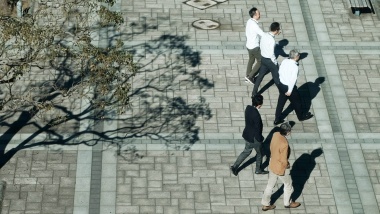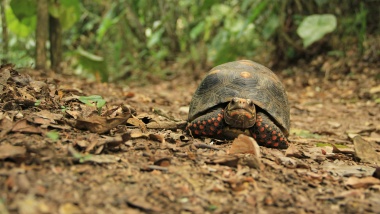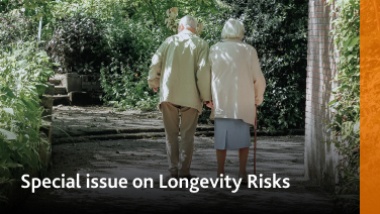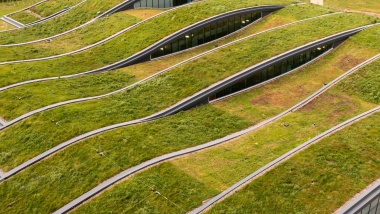India: Social Insurance Schemes in the Social Media Era
Article from Health and Ageing newsletter 33
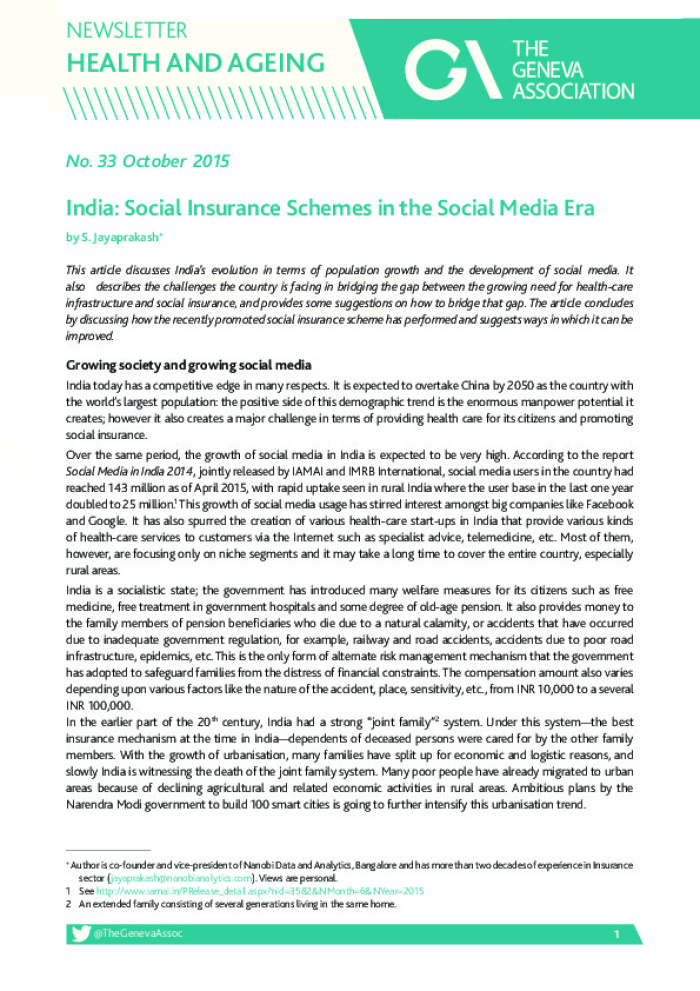
1 FINANCIAL SBILITY AT ION NEWSLETTER HEALTH AND AGEING No. 33 October 2015 India: Social Insurance Schemes in the Social Media Era by S. Jayaprakash+ This article discusses India?s evolution in terms of population growth and the development of social media. It also describes the challenges the country is facing in bridging the gap between the growing need for health-care infrastructure and social insurance, and provides some suggestions on how to bridge that gap. The article concludes by discussing how the recently promoted social insurance scheme has performed and suggests ways in which it can be improved. Growing society and growing social media India today has a competitive edge in many respects. It is expected to overtake China by 2050 as the country with the world?s largest population: the positive side of this demographic trend is the enormous manpower potential it creates; however it also creates a major challenge in terms of providing health care for its citizens and promoting social insurance. Over the same period, the growth of social media in India is expected to be very high. According to the report Social Media in India 2014, jointly released by IAMAI and IMRB International, social media users in the country had reached 143 million as of April 2015, with rapid uptake seen in rural India where the user base in the last one year doubled to 25 million. 1 This growth of social media usage has stirred interest amongst big companies like Facebook and Google. It has also spurred the creation of various health-care start-ups in India that provide various kinds of health-care services to customers via the Internet such as specialist advice, telemedicine, etc. Most of them, however, are focusing only on niche segments and it may take a long time to cover the entire country, especially rural areas. India is a socialistic state; the government has introduced many welfare measures for its citizens such as free medicine, free treatment in government hospitals and some degree of old-age pension. It also provides money to the family members of pension beneficiaries who die due to a natural calamity, or accidents that have occurred due to inadequate government regulation, for example, railway and road accidents, accidents due to poor road infrastructure, epidemics, etc. This is the only form of alternate risk management mechanism that the government has adopted to safeguard families from the distress of financial constraints. The compensation amount also varies depending upon various factors like the nature of the accident, place, sensitivity, etc., from INR 10,000 to a several INR 100,000. In the earlier part of the 20 th century, India had a strong ?joint family?2 system. Under this system?the best insurance mechanism at the time in India?dependents of deceased persons were cared for by the other family members. With the growth of urbanisation, many families have split up for economic and logistic reasons, and slowly India is witnessing the death of the joint family system. Many poor people have already migrated to urban areas because of declining agricultural and related economic activities in rural areas. Ambitious plans by the Narendra Modi government to build 100 smart cities is going to further intensify this urbanisation trend. 1 See http://www.iamai.in/PRelease_detail.aspx?nid=3582&NMonth=6&NYear=2015 2 An extended family consisting of several generations living in the same home. + Author is co-founder and vice-president of Nanobi Data and Analytics, Bangalore and has more than two decades of experience in Insurance sector ( jayaprakash@nanobianalytics.com). Views are personal. @TheGenevaAssoc HEALTH AND AGEING
